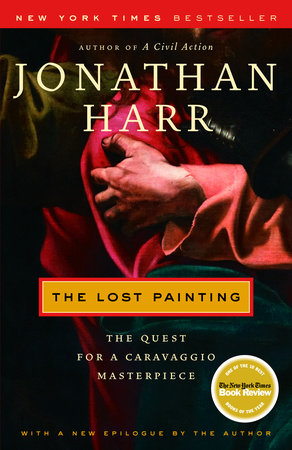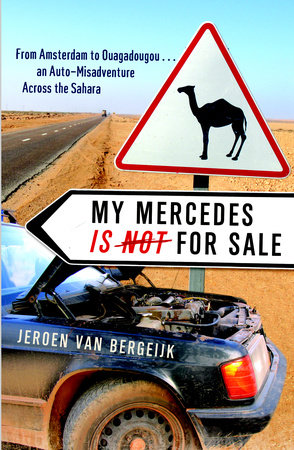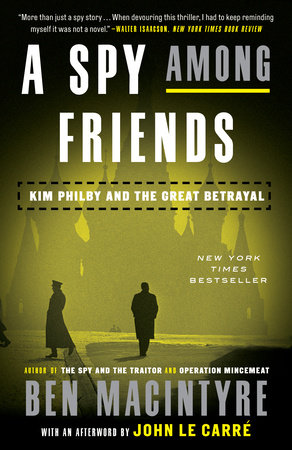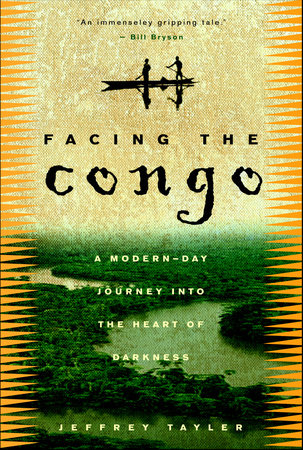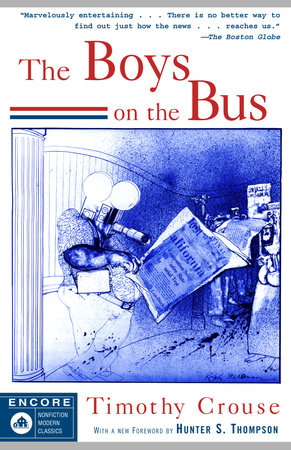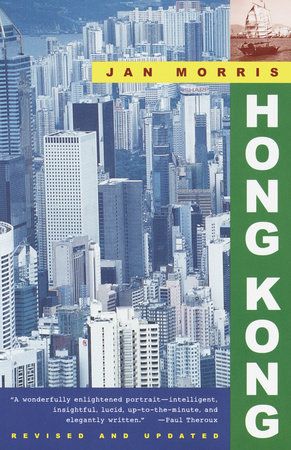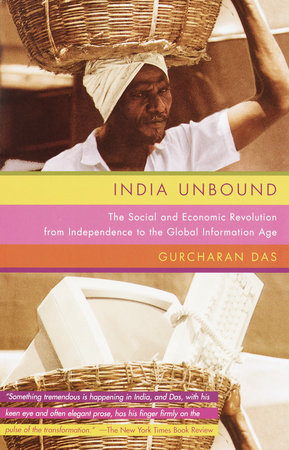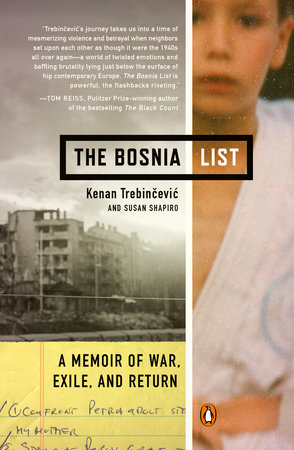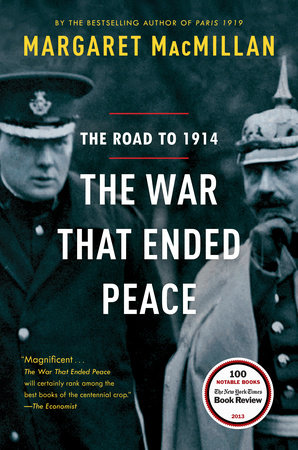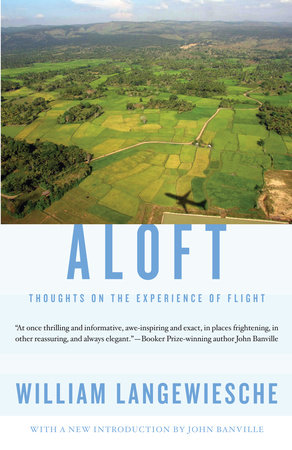A Conversation with Jonathan Harr
With The Lost Painting you have made a complete departure from the courtroom drama of your national bestseller A Civil Action. In the new book you track the mysterious fate of one of Caravaggio’s greatest works and the circumstances of its disappearance. Where did you come across the story of Caravaggio’s “The Taking of Christ” and what about it captured your interest?
I happened upon the story of the lost painting by Caravaggio purely by chance, in a brief newspaper article. At the time I had not yet finished writing A Civil Action, but I was already on the lookout for something fresh and different to work on next. I used to collect ideas for possible stories or books in a manila folder that grew absurdly large. For me, the easy part, the fun part, is collecting ideas for new projects. It only becomes difficult once I’ve committed myself to an idea and begin to understand the dimensions of it.
The newspaper article about the Caravaggio painting was only four or five paragraphs and it raised more questions than it answered. But I thought then that the bare bones of the story–a lost masterpiece of incalculable value that suddenly emerges out of the past–had the elements of the sort of narrative I was looking for. Even better, Caravaggio had been a brilliantly innovative painter, and also a renegade who had killed a man and become a social outcast. In other words, a great character to write about. The article didn’t offer much detail about the discovery of the painting, and I immediately began asking myself questions: How had it been found? How had it gotten lost for two centuries? How had it ended up in Dublin? It was a puzzle–or a mystery, if you will–and I wanted to find the answers, which is always a good sign when I’m beginning a project.
Once I started looking into it, the puzzle turned out to be more interesting and more complicated than it appeared. And that, too, was a good sign.
The Lost Painting is a wonderful synthesis of history and detective story. Where did you begin your research and did you run into any obstacles along the way?
I began my research in Dublin, where the painting was found, and from there I started working my way backward, trying to piece together the painting’s past. I knew the broad outlines of its discovery after talking with Francesca Cappelletti and Sergio Benedetti, but there were gaps in the narrative. I approached it as if it were a detective story, which is, to my mind, one of the great genres of literature and one of the best engines for propelling a narrative forward.
Unlike A Civil Action, in which I was able to watch events unfold in front of me, I had to recreate the events in The Lost Painting. I wanted the book to have the sort of texture that A Civil Action did, an intimate sense of place and character, a texture often associated with novels, and now with what is now called “literary journalism.” To get that feel, I needed lots of small details, and that in turn required dozens of interviews with the people involved in finding the painting. I was constantly asking the characters in my book questions that, in the overall scheme of the narrative, might have seemed insignificant–what somebody was wearing on a given day, or what they ate, what they said or thought at a given point, what the weather was like–but those details provided the sort of texture I wanted. I remember beginning many interviews with apologies for asking apparently idiotic questions about inconsequential facts. It took a while for some people to understand what I was after, but in the end almost everybody proved very cooperative.
I had to learn Italian to do many of these interviews. I came to Rome not speaking a word of Italian. I took a few lessons, and then I started reading the daily newspapers, novels by Alberto Moravia, and hanging out in a café on Via del Babuino called Il Notegen, a wonderful place where a bunch of eccentric writers, poets and artists would gather. Fortunately, Francesca speaks English pretty well. But she much preferred to speak to me in Italian. The first few interviews with her were in English, and then a mix of Italian and English, and finally just in Italian. Laura Testa, on the other hand, speaks no English. I had my first interview with her after I’d been in Rome for three months, over coffee near the Piazza Navona. It was comical. But it was also, oddly, productive. In some perverse way, I think that speaking the language with difficulty was an asset–I had an excuse to ask the same question many times, and to ask people to repeat themselves. In the end I often drew forth more than I might have in English.
The fascinating details of Caravaggio’s strange, turbulent career and the astonishing beauty of his work come to life in The Lost Painting. What is your own fascination with Caravaggio?
Caravaggio–both the man and his art–seems to exert a strange and powerful attraction, even among art historians, a phenomenon that Francesca mockingly called “the Caravaggio disease.” I first encountered his work in 1986 at a large exhibition at the Metropolitan Museum of Art in New York. I remember being struck by the power of his paintings, by how vivid and accessible they were, how immediate their impact. You didn’t have to study art history or know the iconology of the paintings to appreciate them. The Burlington Magazine, the prestigious British journal of art history, called Caravaggio “the first modern painter.”
My fascination with him consists of three distinct parts. His art, of course, and not just as we modern viewers see it today, but in realizing how utterly original and revolutionary it was in his own time. He created a new style, one as radically different from what others were painting in that era as Cubism is from Impressionism. And then there is the man, the genius beset by his own demons, constantly in trouble and making trouble, and yet able to create these masterpieces amid the chaos of his life. Of course, no one would care about the life of a tormented artist if he painted lousy pictures, but in his case genius and a spellbinding biography happen to go hand in hand.
The third thing that intrigues me is that for almost three centuries he disappeared from view. People who have never studied art history have heard of Michelangelo, Raphael and Leonardo, the great triumvirate of the Renaissance. Caravaggio has entered that pantheon, but up until the 1950s he was unknown even to most art historians. I’m fascinated by the sweep of history, how taste and fashion and style can change with such abruptness.
How rare is a discovery like “The Taking of Christ” to the art world?
The discovery of a painting as important as “The Taking of Christ” has become a relatively rare event nowadays. Sixty years ago, when Caravaggio was just beginning to come back into the focus of art historians, his paintings–mislabeled, misattributed, and misplaced–began turning up with some frequency. By now that ground is fairly well worked over, but certainly there are more discoveries to be made. As best anyone can determine, he painted around 130 works, of which only 70 or 80 have been identified (although there’s plenty of dispute about some of those attributions). It’s probable that some of those missing paintings have been destroyed, and it’s equally probably that a few still exist and will yet be found.
One example is a painting of St. Sebastian that was, it seems, owned very briefly by Ciriaco Mattei’s brother, Asdrubale. Ciriaco had owned the lost painting, “The Taking of Christ.” “The St. Sebastian” makes a single brief appearance in Asdrubale’s archive. He apparently owned it only for four or five years, because after that first mention it never appears again in his inventories. Eighty years later, the painting was reported in France, but it’s never been found. Sergio Benedetti told me that he would like to search for it, but the last documentary mention of it was in the 1680s, so where does one start?
